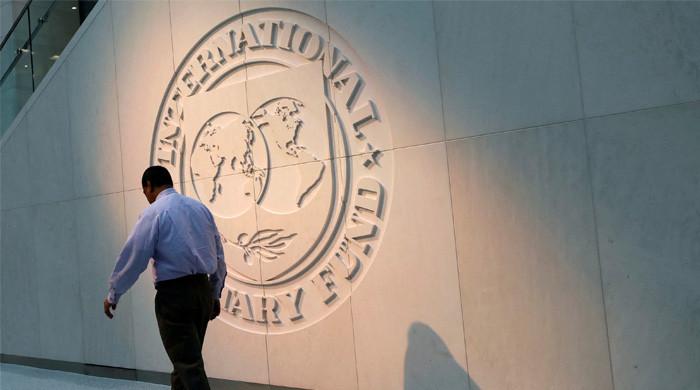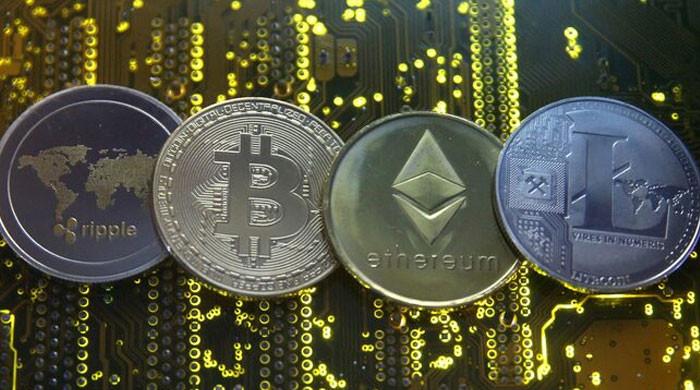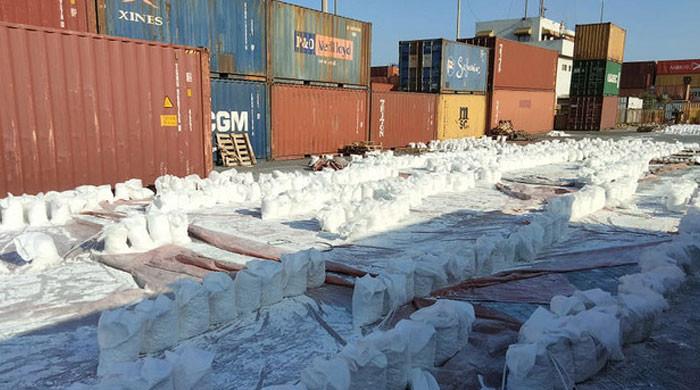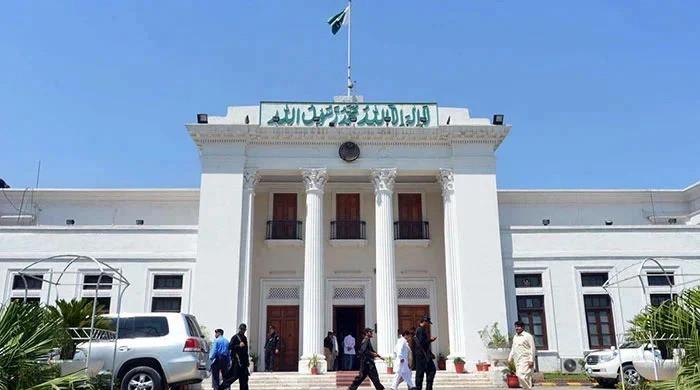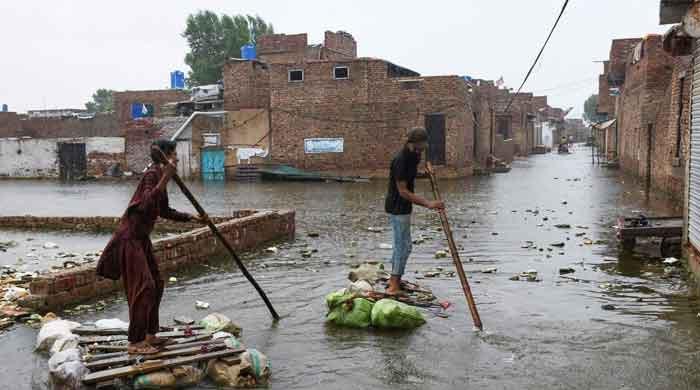Pakistan - a bridge between US and China?
Pakistan needs to gain internal strength and stability to enhance its appeal to both China and the US, so neither can afford to lose it
January 19, 2022
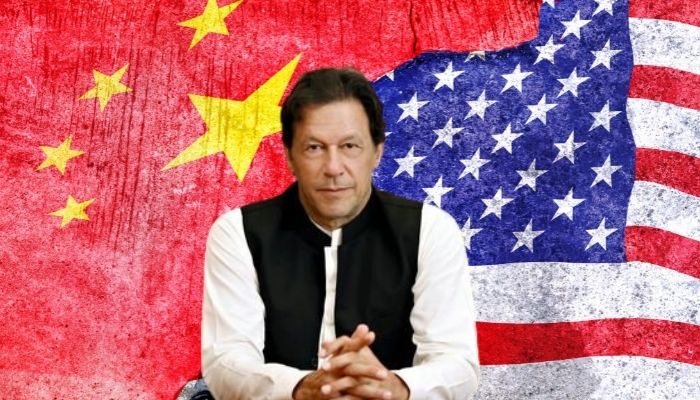
Prime Minister Imran Khan has said that Pakistan would like to play the role of a bridge between the US and China by helping them narrow their differences. Unfortunately, there are serious problems with this statement, reflecting an exaggerated view of Pakistan’s role in 1971 – which seemed to have prompted these remarks – a lack of understanding of the current complexities of US-China relations, and an inflated self-image of Pakistan’s diplomatic stature in the prevailing international environment.
The PM’s statement raises several questions: what was it exactly that Pakistan did and did not do in 1971? Why was it chosen for the role it played? And does it still hold the same credentials to repeat that role? Second, what was China like, and what was the state of relations between the US and China in geopolitics then and now?
The short answer is: we are dealing with two different situations. Take geopolitics. Back in 1971, we were dealing with a simple triangular balance of power in a relatively stable bi-polar world. Now we live in a complex multipolar geopolitical environment marked by shifting power balances and overlapping coalitions among regional and global players, under the umbrella of an uneasy world order led by the US and China.
Regarding the state of bilateral relations, back in 1971, America’s relationship with China was secondary to that with the Soviet Union. It had hardly any economic content, and there were no diplomatic ties. Now the US and China are each other’s most important security, strategic, and technological challenges as well as their most valuable economic partners.
So, when President Nixon decided to seek an opening to China in 1971, the country had little impact on domestic politics except for an influential Taiwan lobby, which existed at the time and still exists. It was thus politically not too difficult to change China's policy as it is now. All that Washington needed in 1971 was a way to set up a secret dialogue so that if it failed, there would be no repercussions.
The US and China have had diplomatic exchanges going on for years through their ambassadors in Warsaw. But the process was too slow. Pakistan was chosen because it enjoyed the confidence of both sides, and because the communications channel through it was expeditious. Thanks to its high-caliber diplomats, Pakistan played that role admirably.
What exactly did Pakistan do? Diplomatic interventions by external players have a spectrum ranging from mediation on one end, the role of a conduit or a go-between on the other end, and the role of a facilitator in the middle. Pakistan’s role fell somewhere between that of a go-between and a facilitator. That Pakistan just made the dialogue happen is a great achievement in its own right.
But to call this role a bridge suggests it helped the US and China narrow their differences, which is not accurate and would be less so today. The differences were narrowed by the marathon talks between Kissinger and Chinese leaders over several visits.
Countries create mythologies of their relationships for their own purposes. Pakistan as a ‘bridge’ is among some of the myths China and Pakistan have created. And myths live on, even if they have lost their meaning. The fact is that now we are dealing with a different situation and a different world that bears little resemblance to the world of 1971. The most striking feature of the new world is the phenomenal rise of China. The US-China relationship is like no other in history. It touches on every conceivable area of national life—military, economic, technology, security, strategy, human rights, etc. Then there are international issues of common interest: combating climate change, containing future pandemics, preventing nuclear proliferation, fighting terrorism, managing financial crises, etc. Both China and the United States take very different approaches to addressing these challenges, which involve confrontation, rivalry, competition, and cooperation. The disagreements primarily centre on whether to group these challenges together, as China suggests, or compartmentalise them, as the US suggests.
And then there is politics of some of the policy issues like trade and economic issues and how they are affecting ordinary people in the US. China and globalisation were being blamed for taking jobs and factories away from the US. The Asian giant’s meteoric rise had begun to shake many of America’s assumptions of a peaceful rise of China for some time but especially since a strong shift in China policy was set forth in the Trump administration’s National Security Strategy in December 2017.
As China scholar Robert Sutter notes in his recent piece in ‘The Diplomat’, "Since 2018, two challenges are often seen as particularly dangerous, existential threats to fundamental US national security and well being. The first is the Chinese effort to undermine US power and influence in and dominate Asia. The second is the Chinese effort to seek dominance in the high technology industries of the future".
The bottom line is that China is now caught up in the crosscurrents of politics, economics, and geopolitics in America. Neither is the US ready with a new policy, nor has the cycle of politics played out fully. As neither side appears to be in a hurry, the current standoff will last for some time.
The question is: when the US is ready for a change, how will it come about? The fact is that the US has an active diplomatic engagement with China. The two countries can – and do – talk directly. They even have back channels through corporate heads. And neither will lose face if the talks fail. Washington does not need a secret channel or an intermediary like in 1971. Also, Pakistan is no longer the honest broker that it was.
Pakistan’s decision not to attend the Democracy Summit has placed it in the China camp. If Pakistan consciously chose to side with China, which has been a steadfast strategic partner, that decision is fine. But if Pakistan also wanted good relations with the US, which seems to be the underlying assumption of Prime Minister Imran Khan’s statement, it would not be a wise decision. It may not burn Pakistan’s bridges with Washington, but it will certainly burn the bridge it aspires to be between the US and China.
Does this mean Pakistan is not relevant to US-China relations? It is, but not to play any role. Instead, it should be a role model for a country that has good relations with both. But that would depend on whether the US tries to undermine China’s influence or competes with the country in offering countries an alternative. And let the countries choose between the two or decide to have relations with both. Pakistan, having had the closest relations with both the US and China at one time or another, could be an ideal test case of peaceful competition between the two. But for that to happen, Islamabad too will have to play a role.
Pakistan needs to gain internal strength and stability to enhance its appeal to both China and the US, so neither can afford to lose it. For China, Pakistan is undoubtedly a strategic partner. But the US too needs Pakistan’s limited cooperation, which can provide a basis for at least a working relationship, something that China would like Pakistan to have with Washington. It is a bridge too far, yet Pakistan’s foreign policy should hope and aim for that rather than fantasising about bridges of a bygone era.
The writer, a former ambassador, is an adjunct professor at Georgetown University and a senior visiting research fellow at the National University of Singapore.
Originally published in The News




